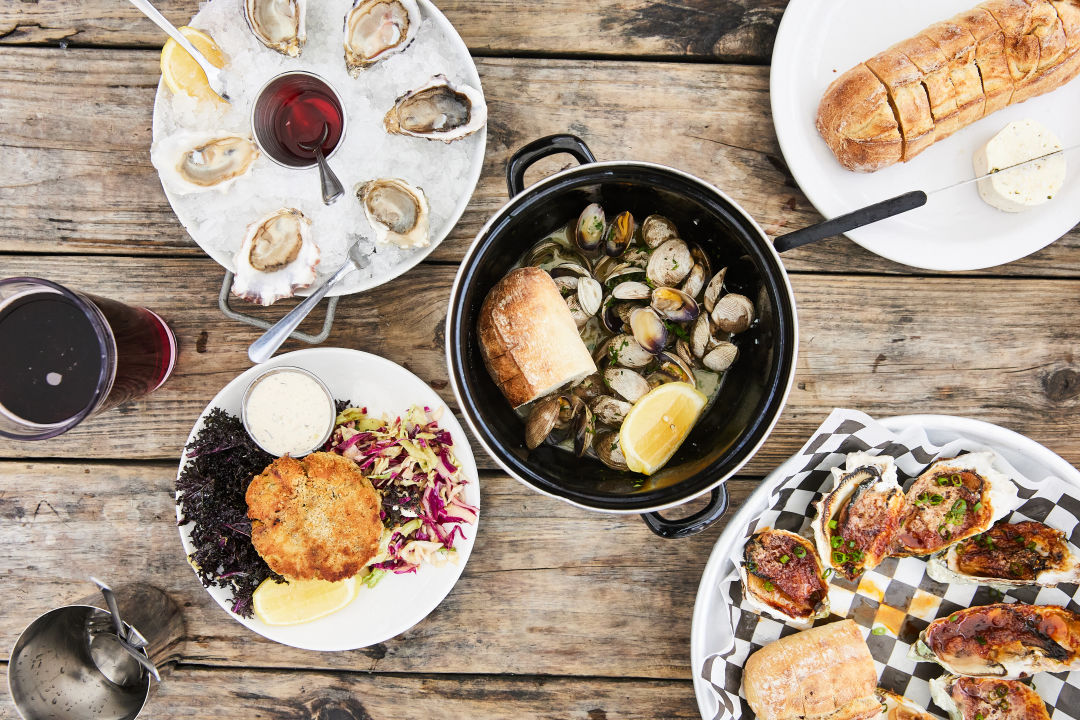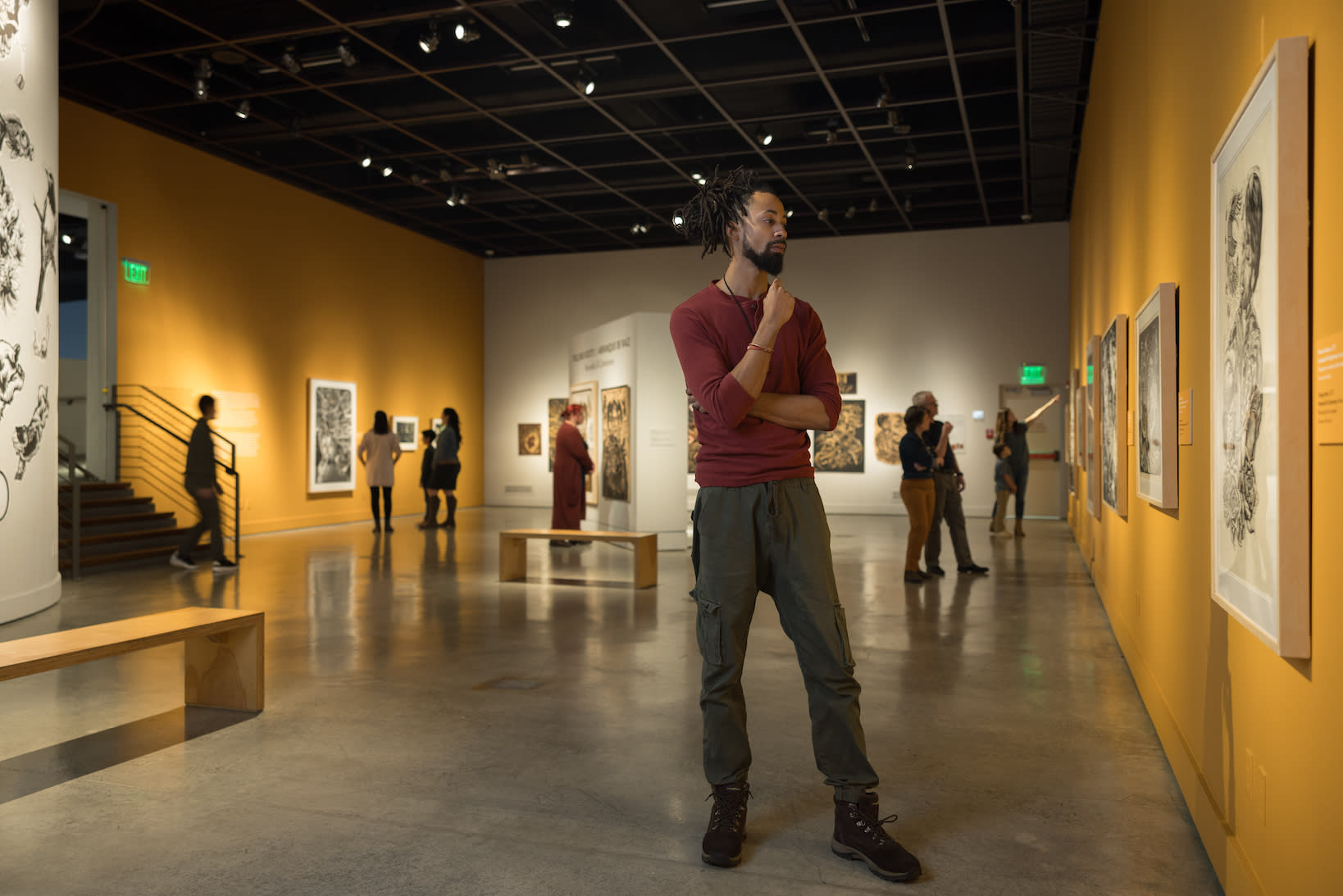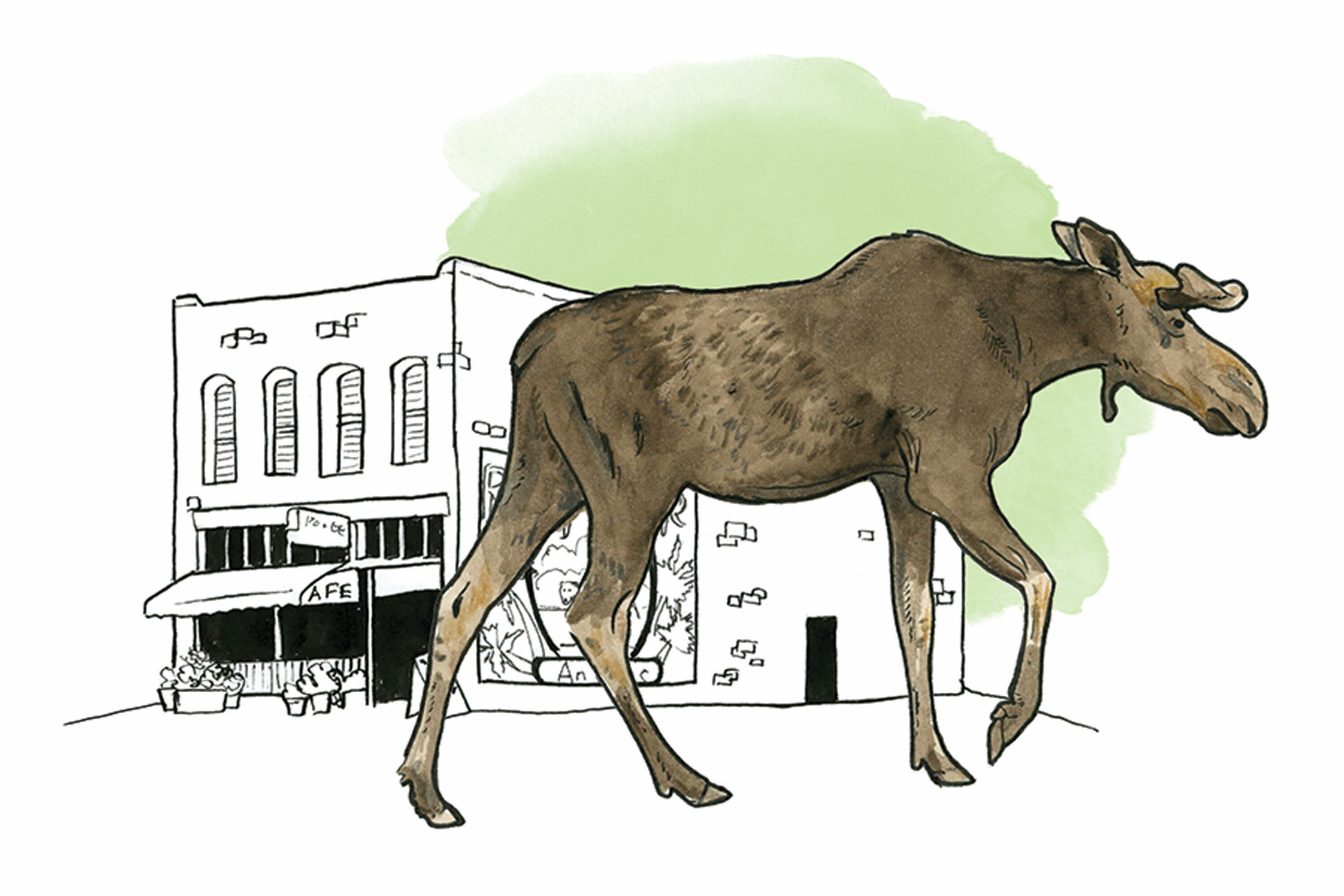Forget Wine Tasting. Try Oyster Tasting.

The Olympic Mountains serve as backdrop to one of Hama Hama Oyster Company’s beach events.
Image: Amber Fouts
“It’s the merroir,” the oyster shucker tells me from behind a swath of ice chips at Chelsea Farms Oyster Bar in downtown Olympia. “Like terroir. Terre is earth, and mer is sea.” He’s explaining how I can tell the difference between two oysters both grown a few miles away—just how a wine connoisseur may note how the nature of a vineyard’s dirt informs a wine.
Side by side on my plate, an exemplary pair: the Chelsea Gem oyster, grown in a tumble bag submerged in Eld Inlet, rocked with each wave while it munched on the smallest nutrients Puget Sound has to offer. The result is a briny, salty tang. Next to it is a similar Pacific oyster, this one from Hammersley Inlet near Shelton. Grown on the seafloor and harvested from the beach, it feasted on the heavy nutrients that settled downward, giving it an earthy flavor, almost like a root vegetable. This is the Salish Sea as a starter course.
The term “merroir” dates back only as far as a 2003 Seattle Times article, but its notes are even easier to detect than, say, a subtle whiff of rose petals in a cabernet. A 2022 economic impact study by WineAmerica estimated that Washington’s wine industry generates over a billion dollars in tourism spending annually; what could the humble oyster do?

The late Xinh Dwelley was crucial to the launch of the Fjord Oyster Bank.
Shelton’s Rachel Hansen sees the potential. In 2022 she took over an old bank building in nearby Hoodsport, a small town situated right about where skinny Hood Canal starts to bend into an abrupt hook shape. An FDIC sticker is still plastered over the metal depository slot, but the old drive-up banking window is now lined with cookbooks, not deposit slips, and a blackboard reads, “Welcome! To the Fjord Oyster Bank.”
It’s only 12 miles from where visitors flock to the A-frame shelters at Hama Hama Oyster Company, sampling varieties with the discerning palate of a wine critic. “You can check in on what’s happening in various estuaries around the Sound” from your seat, says Lissa James, one of Hama Hama’s fifth generation of owners and the century-old company’s marketing director. “It’s an innate primal experience with another animal that’s hard to describe. But it’s real.”
The oyster has a long history here. Indigenous tribes have harvested the shellfish for centuries. And before Washington even gained statehood, tourists arrived in Oyster-
ville, near Long Beach, by steamer boat and train, the beachgoers mixing with the oystermen who built the region’s first large-scale oyster operation and shipped them to San Francisco during the gold rush. In the late 1800s, Native women would sell oysters out of traditionally woven baskets to tourists on the steps of the new state capitol in Olympia, giving visitors a taste of one of Washington’s major foods. Today the tasting bar-slash- visitor center that is the Fjord Oyster Bank aims to do something similar, serving as a gateway to the oyster experience.
Hansen reasons that in the internet era tourists don’t need a kiosk of brochures, so her oyster headquarters offers a free oyster tasting from her own Sea Nymph Farm. She turned the bank’s vault into a gift shop of local items. Late Shelton chef Xinh Dwelley, whom Hansen helped pen two cookbooks, contributed recipes for a casual restaurant operating out of an outdoor kitchen. The multihyphenate Oyster Bank proved its concept of visitor-center-restaurant-hangout in its first year.

Hama Hama Oyster Company turns oyster tasting into an event.
Image: Amber Fouts
The idea that oysters could be a getaway unto themselves, not just an appetizer, has been well proven by Hama Hama. For generations, a humble farm store sold oysters by the pint and half gallon on the shores of Hood Canal while a towering pile of old oyster shells grew next to it. But in 2010, the company started an annual festival, Hama Hama Oyster Rama. Then came educational classes, first in a Seattle bookstore and then on the farm. In 2014, the operation grew to include a restaurant, the Oyster Saloon. Today it’s grown to a village of A-frame table shelters, an outdoor bar and firepit, a gift shop with a live crab tank and merch that ranges from baby onesies to beer koozies. The shell pile is sometimes the backdrop for live music.

Image: Amber Fouts
James notes that many comers to Hama Hama simply want a beer and a snack on the shores of placid Hood Canal. But others want the magic of tasting the story of each oyster: a souvenir of nature, history, and culture, all in one little shellfish.




